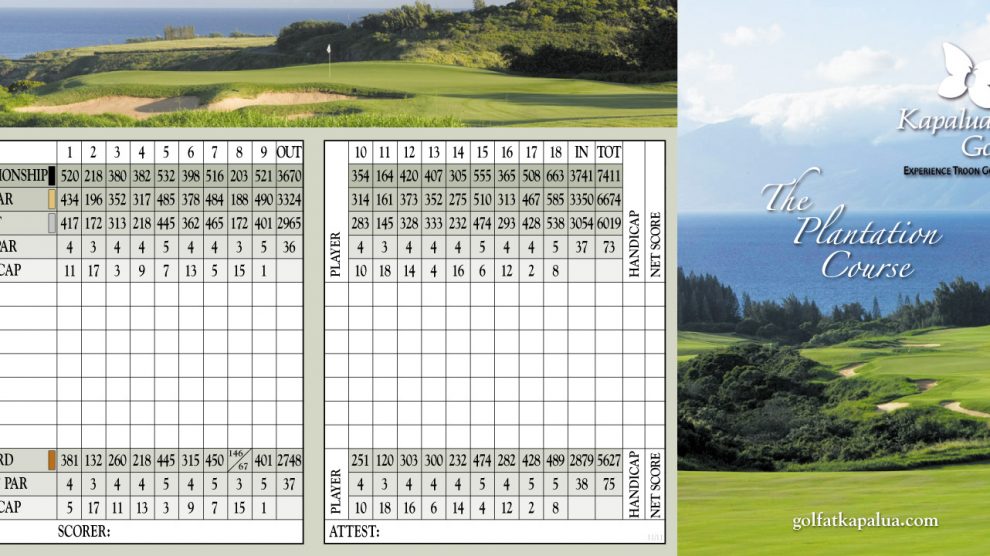The point of having a golf handicap -- specifically, a USGA handicap index -- is to give a golfer an idea of how they would compare to a scratch, or par-shooting, golfer on a standard golf course. Having a handicap index gives a golfer, or a group of golfers, an idea of how they compare to one another and can create a more level playing field for competitions. However, having a handicap index is really just the first step in figuring out how many strokes each player in a golf game gets on a particular golf course.
How many strokes do you get with your handicap index
Figuring out how many strokes you get on a particular golf course means converting your USGA handicap index into a course handicap. Doing that by hand isn't really easy. However, the idea is that you provide your handicap index and the course you're playing's slope rating, and then you look up your course handicap based on those two pieces of data.
The USGA has a handicap index to course handicap converter, and it makes things really easy. You can even look up the course you're playing if you don't have the slope rating handy. (If you really want to see how the sausage is made, here's a full conversion table for every slope rating possible.)
Don't worry about the math. Just trust it.
So, now that you know each player's course handicap, you can then figure out how many strokes each player gets.
The player with the lowest course handicap is going to get no strokes that day. Sorry, that's how it works. Each of the other players will "play off" the lowest course handicap. So, if the lowest course handicap is Player A with 3, and Player B is a 10, Player C is a 12 and Player D is a 20, then Player A gets 0 strokes, Player B gets 7 strokes, Player C gets 9 strokes and Player D gets 17 strokes.
With that information, then you go to the scorecard and figure out the difficulty ranking of each hole on the golf course. On one side, they're odd numbers. On the other nine, they're even numbers. For each player getting strokes, start at No. 1 handicap hole and give each player a dot on the card on the subsequent hardest holes until they run out of shots. For Player B in our example, they'll get strokes on the 1st, 2nd, 3rd, 4th, 5th, 6th and 7th handicap holes. After that, no strokes.
Once the card is properly marked, you have an idea of who's getting strokes and the expectations your handicap index should give you for your round of golf.

